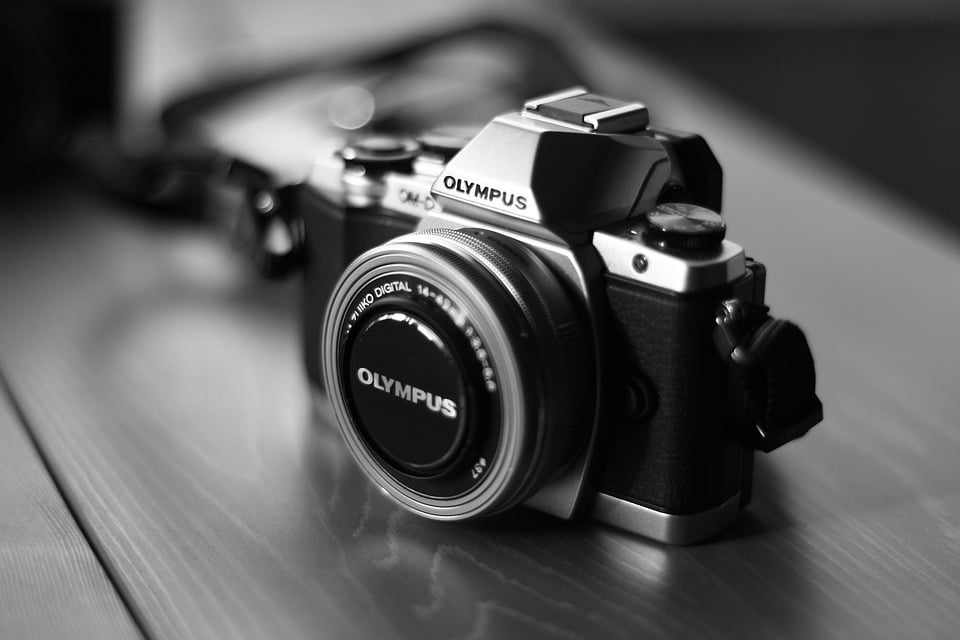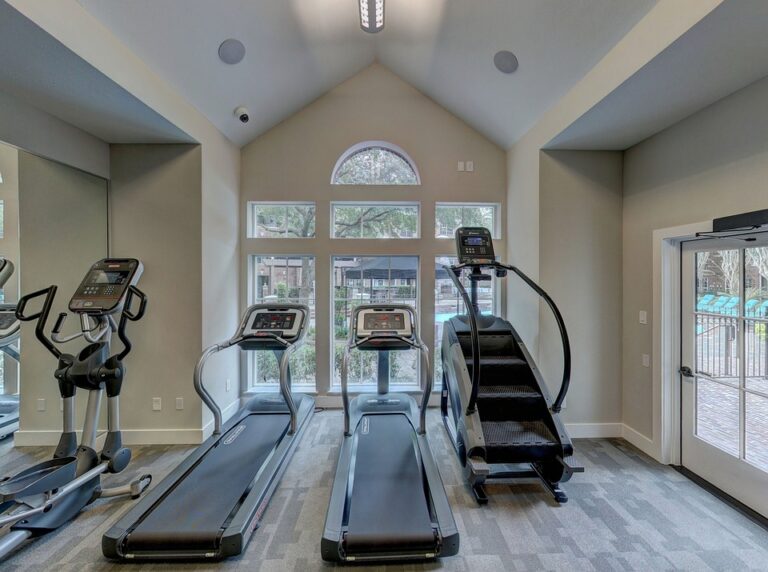Best Mirrorless Camera Comparison 2025: A Guide to Top Models for Every Need
Mirrorless cameras have revolutionized the photography and videography world since their emergence, offering compact designs, advanced features, and professional-grade performance. As we approach 2025, the market continues to evolve with groundbreaking updates and innovations. Whether you’re a seasoned pro, an eager enthusiast, or a budget-conscious beginner, choosing the right mirrorless camera involves balancing sensor size, resolution, video capabilities, autofocus, and price. Here’s a comprehensive 2025 comparison of the best mirrorless cameras across key categories.
Why Mirrorless Cameras Dominated 2025
Mirrorless cameras outshine traditional DSLRs by eliminating the bulkier optical viewfinder and mirror system. This allows for smaller, lighter bodies while maintaining high performance. By 2025, advancements in sensor technology, AI-driven autofocus, and 8K video capabilities have made mirrorless the go-to choice for creators. Brands like Sony, Canon, Nikon, and Fujifilm have led the charge, while Panasonic and Olympus continue to innovate in niche markets.
Top Full-Frame Mirrorless Cameras (2025)
Full-frame sensors deliver exceptional image quality, dynamic range, and low-light performance, making them ideal for professionals and serious enthusiasts.
-
Sony A7 IV
- Sensor: 33MP full-frame CMOS
- Key Features: 10-bit 4K at 60fps, 15fps continuous shooting, 759-point AF system, 10-bit 4K with S-Cinetone, and robust in-body image stabilization (IBIS).
- Pros: Excellent dynamic range, versatile for both photo and video, back-illuminated sensor for better low-light performance.
- Cons: Slightly heavier than APS-C models, no 8K video.
- Best For: Travel photographers, vloggers, and hybrid shooters needing balanced performance.
-
Canon EOS R5
- Sensor: 45MP full-frame, 8K 30fps 4:2:2 10-bit video, 12fps continuous shooting, advanced Dual Pixel CMOS AF.
- Pros: 8K video, high-resolution stills, excellent color science and Canon’s RF lens ecosystem.
- Cons: High price, heavy body, limited battery life.
- Best For: Professional photographers and videographers who prioritize 8K capabilities.
- Nikon Z9
- Sensor: 45.7MP full-frame, 8K 30fps video, 120fps 4K, 185-point hybrid AF with Eye-Control AF.
- Pros: Unmatched 8K video, top-tier dynamic range, robust build, and rapid burst shooting.
- Cons: Expensive, large and heavy, lens selection still growing.
- Best For: High-end professionals seeking the latest technological breakthroughs.
Top APS-C Mirrorless Cameras (2025)
APS-C sensors offer a compelling middle ground between compactness and performance, perfect for enthusiasts and content creators.
-
Fujifilm X-T5
- Sensor: 26MP APS-C, medium format-like color science, 40MP mode for stills, 4K 60fps video with 10-bit 4:2:2.
- Pros: Exceptional JPEGs, retro design, lightweight, and weather-sealed body.
- Cons: Limited 8K support, smaller lens selection (but growing).
- Best For: Street photographers and photojournalists who value portability and instant image quality.
- Canon EOS R7
- Sensor: 32.5MP APS-C, 4K 60fps video, 15fps burst shooting, and dual Pixel CMOS AF.
- Pros: High-resolution for crop sensors, compact and lightweight, advanced autofocus with tracking.
- Cons: Less dynamic range than full-frame, lower low-light performance.
- Best For: Portraits, weddings, and mixed-use scenarios where detail is key.
Mid-Range Mirrorless Cameras (2025)
These models blend performance and affordability, catering to hobbyists and semi-professionals.
-
Sony A6600
- Sensor: 24MP APS-C, 4K 60fps, 11fps burst, and 425-phase detection AF points.
- Pros: Excellent value for hybrid shooters, touchscreen, and NFC connectivity.
- Cons: No 8K video, older autofocus system compared to newer models.
- Best For: Entry-level to mid-level photographers seeking a reliable all-rounder.
- Panasonic Lumix S5 II
- Sensor: 24MP full-frame, 4K 60fps, 20fps burst, and robust 4:2:2 10-bit video.
- Pros: Strong video features, affordable full-frame option, lightweight body.
- Cons: Slower processor than Sony’s or Canon’s flagship models.
- Best For: Video-focused creators wanting full-frame quality without the price tag.
Best Budget Mirrorless Cameras (2025)
For beginners or casual users, these affordable options don’t skimp on performance.
-
Canon EOS R10
- Sensor: 24.2MP APS-C, 4K 30fps, 15fps burst, and touchscreen interface.
- Pros: Lightweight, intuitive for Canon users, great for vlogging.
- Cons: Limited manual controls, no 8K.
- Best For: Newcomers looking to start with a reliable, user-friendly camera.
- Nikon Z50
- Sensor: 20.9MP APS-C, 4K 30fps, 11fps burst, and sleek design.
- Pros: Affordable, good low-light performance, and future-proof Z-mount lenses.
- Cons: Fewer customization options, slower AF compared to rivals.
- Best For: Travelers or families who want high-quality photos without a steep investment.
Key Considerations for 2025 Buyers
- Sensor Size: Full-frame (for professionals) vs. APS-C (for portability and affordability).
- Video Capabilities: Look for 4K/8K options, frame rates, and codecs like ProRes or RAW.
- Autofocus: In-body stabilization (IBIS) and advanced AF systems for action or low-light scenes.
- Lens Ecosystem: Ensure compatibility with your existing lenses or future investments.
- Battery Life: Mirrorless cameras often drain batteries faster, so consider extenders or backup packs.
- Portability: Compact models like the Fujifilm X-T5 or Canon R10 are ideal for on-the-go use.
Conclusion: Pick the Right Mirrorless Camera for Your 2025 Goals
By 2025, mirrorless cameras have become the standard for almost all photography and videography needs. The Sony A7 IV and Nikon Z9 reign supreme for professionals, while the Fujifilm X-T5 offers unmatched portability for enthusiasts. For budget-conscious buyers, the Canon R10 and Nikon Z50 provide excellent value. Ultimately, the best choice hinges on your priorities—whether you need 8K video, a compact form factor, or a robust lens ecosystem. As technology advances, the 2025 mirrorless landscape ensures there’s a camera for every creator.
Final Tip: Always test cameras in person or check reviews for real-world performance, as specifications alone don’t tell the whole story.
Happy shooting in 2025!
Note: This article reflects the state of mirrorless cameras as of 2023 and projects reasonable advancements expected by 2025. For the most up-to-date information, consult official brand announcements and user reviews.







